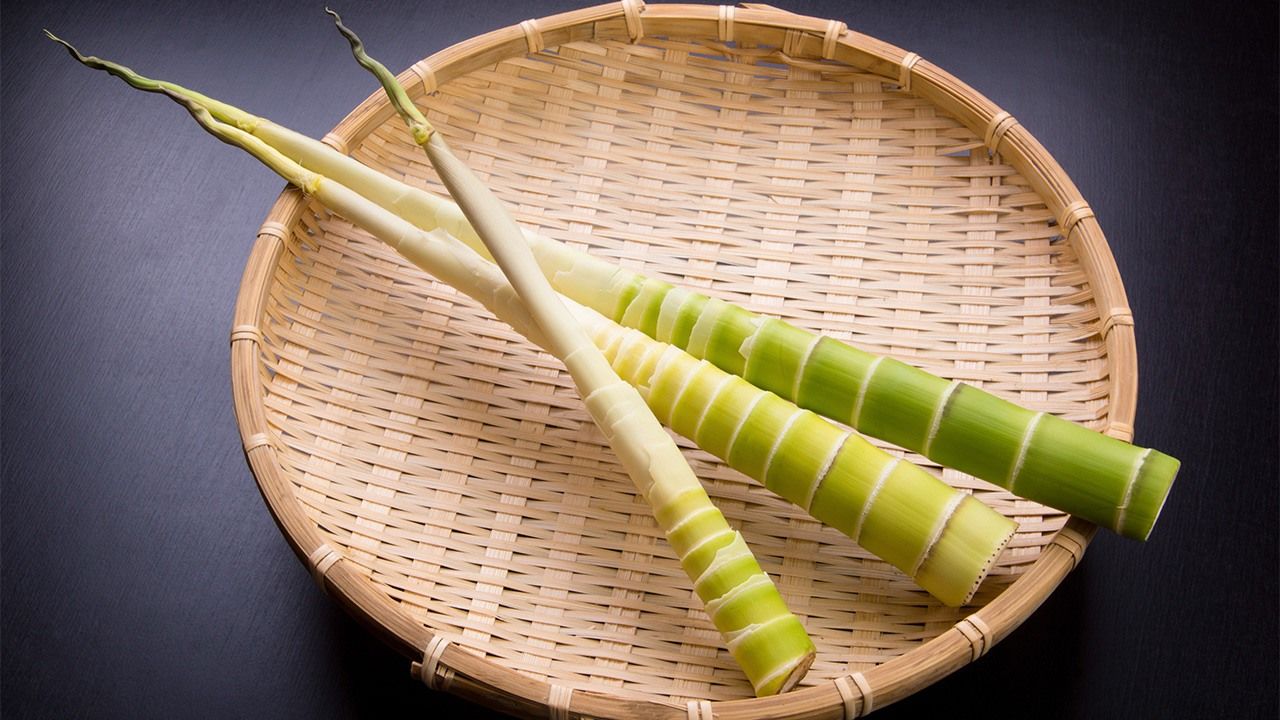
A Journey Through Japanese Haiku
Summer Shoots
Culture Environment Lifestyle- English
- 日本語
- 简体字
- 繁體字
- Français
- Español
- العربية
- Русский
竹の子や児の歯ぐきのうつくしき 嵐雪
Takenoko ya / chigo no haguki no / utsukushiki
Bamboo shoots—
the charm of
an infant’s gums(Poem by Ransetsu, written in 1694.)
Ransetsu was born a samurai in the low-ranking Hattori family in Edo (now Tokyo). He became a disciple of Matsuo Bashō around the age of 21, and a haiku poet at the age of 35. Unwilling to be bound by the conventions of samurai society, he lived a life of pleasure and even married a prostitute.
In the above poem, the writer describes the adorable sight of a baby mouthing soft, boiled bamboo shoots. The Japanese word utsukushi was used at the time to describe beauty with a sense of affection, as for writers talking about wives or children. Here, the child’s teeth are just starting to emerge. Bamboo shoots are a season word for early summer, often appearing as food. They are used to represent the rapid growth of children, and the poem can be read as expressing a loving joy at the healthy development of the infant.
However, there is also a classical reference. In The Tale of Genji, there is a scene where the protagonist Genji is watching over the boy Kaoru. Although he believes the child to be his son with the Third Princess, Kaoru is actually the result of a liaison with the young aristocrat Kashiwagi. The boy, who has just started teething, grips a bamboo shoot and drools, and Genji’s tender feelings on watching him are mixed with more complex emotions. There is no need to apply such a serious interpretation to Ransetsu’s haiku, but it demonstrates the degree to which The Tale of Genji influenced later literature.
(Originally published in Japanese. Banner photo © Pixta.)